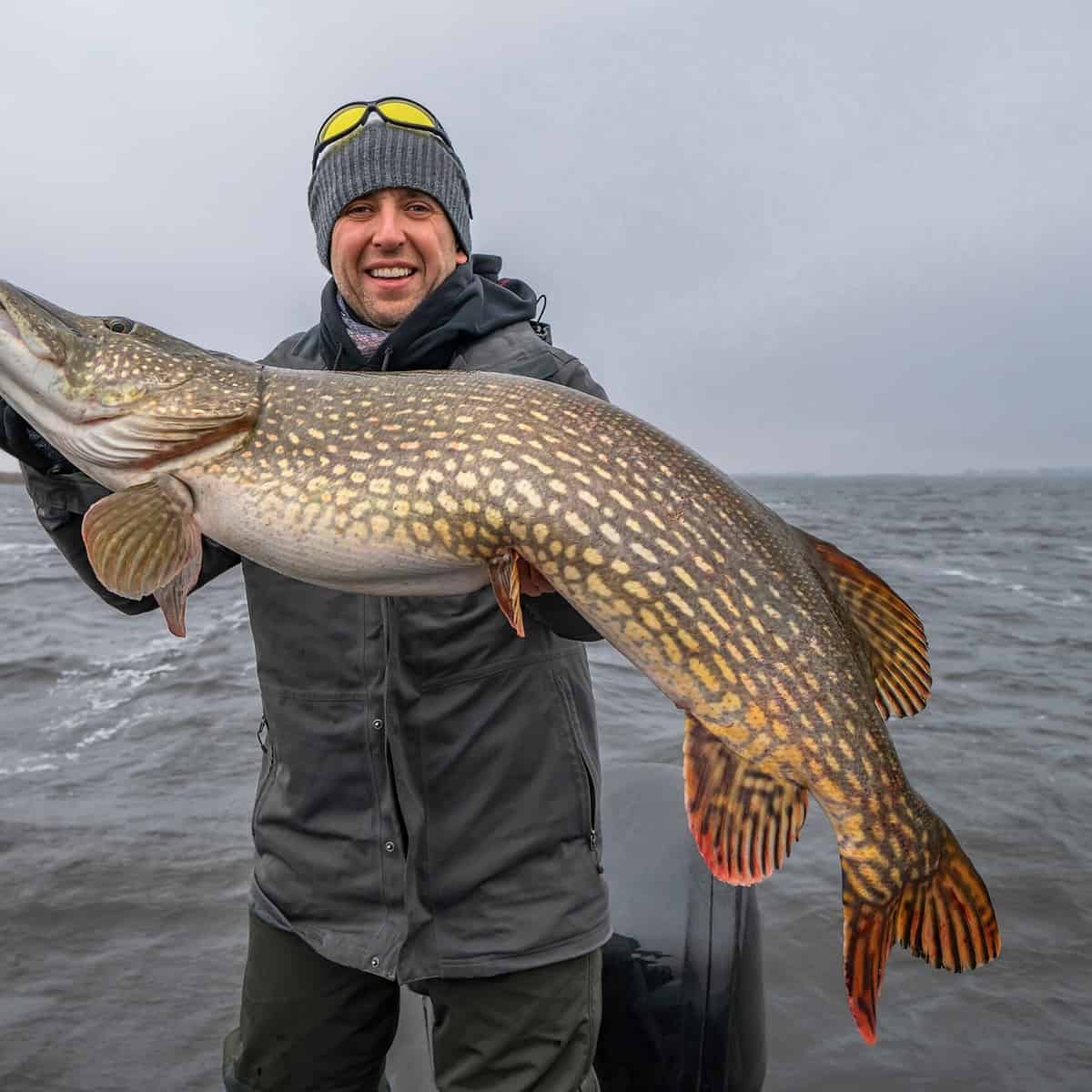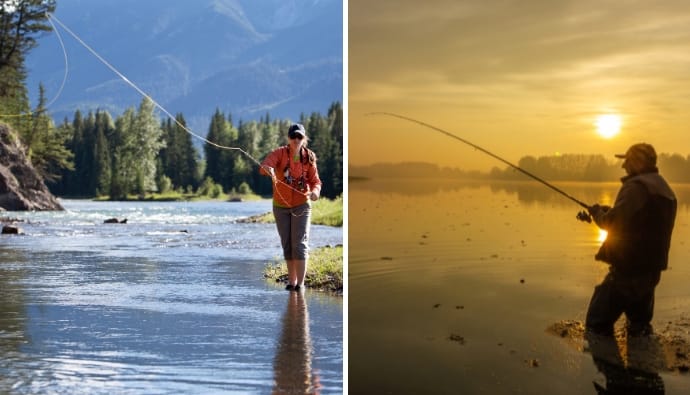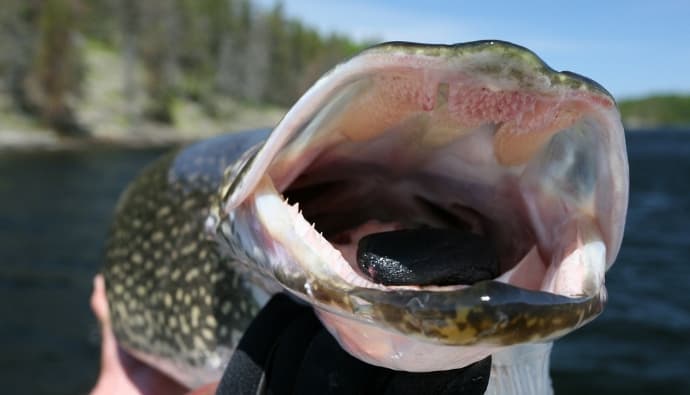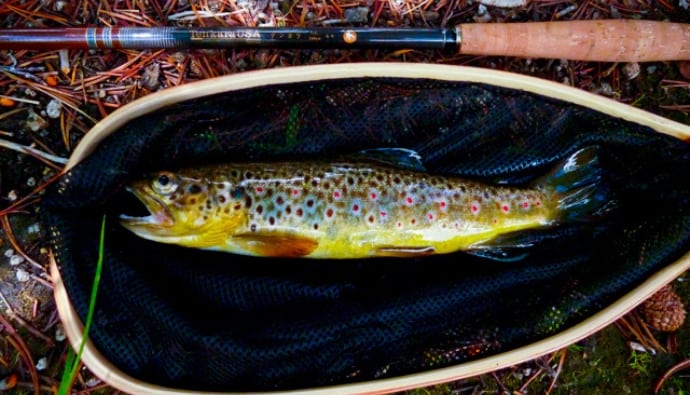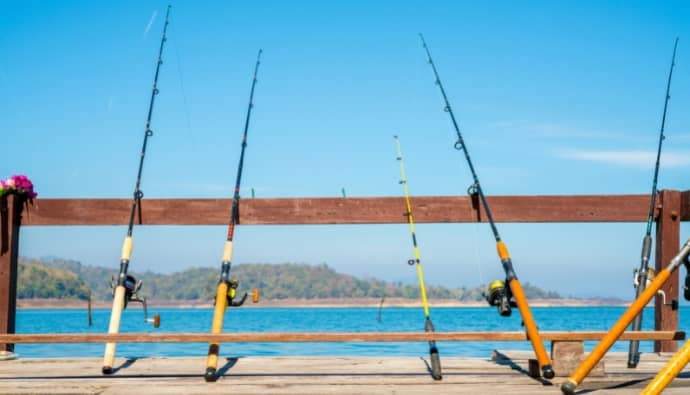Fly fishing for pike is a unique and special type of freshwater fishing that comes with a lot of fun and excitement. The sheer size of the northern pike, coupled with its powerful, aggressive movement, makes pike be prize game for most anglers.
Pike fly fishing is quite different from other forms of fly fishing, such as fly fishing for bass and trout. However, with the right tips and a detailed guide, you will get the hang of it in no time.
This is why we have put together a beginner’s guide and useful tips to help you with fly fishing.
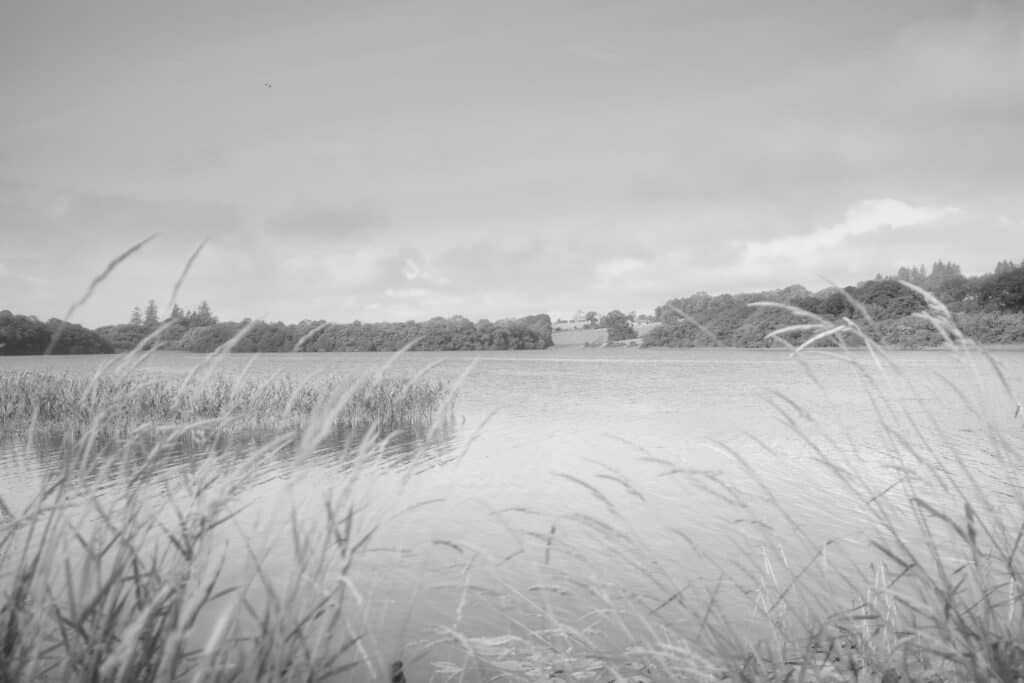
Where to Find Pike?
The first thing to know about pike fishing is where to find them. Knowing where the pike is located will go a long way in determining your approach. Pike can be found in different water bodies, including rivers, lakes, ponds, and even streams.
Pike are often found in areas with weed beds. You can also find them around sunken trees, ledges, as well as drop-offs. The location of the northern pike is greatly determined by the season. Below are the likely locations of the pike in different seasons.
Winter
Pike are typically slow and sluggish during winter due to the cold. Owing to the cold weather that comes with it, you will typically find them deeper in the water column than in any other season. They do this to conserve their energy and lay for prey.
As a result, you might need a sinking line when fly fishing in winter. Along with the sinking line, flies that imitate baitfish are needed to attract pike in this period.
Spring
During spring, most pike can be found in shallow water as they go in search of warmth and food sources.
They usually try to make up for the lack of activity during winter, so they are usually more proactive when it comes to hunting for prey.
Northern pike eats more during the warmer months, making spring one of the best periods to go fly fishing for pikes.
Summer
With the weather getting even warmer in summer, northern pike typically moves from shallow water into deeper waters. Here they lay ambush for smaller fish by staying under the current.
They usually use their sensitive literal line and low-light vision to sense vibrations, flashes and buzzes in order to catch their prey.
You can find them in areas of rivers and lakes with aquatic vegetation such as lily pads and weed beds. Summer is also a great time to go fly fishing for pikes.
What You Need For Fly Fishing For Pike
Going fly fishing for pike without the right equipment is a recipe for disaster. Pike are aggressive and strong, and you need to go fully equipped in order to match their strength.
Below is a list of equipment that every fly angler needs when they go fly fishing for pikes.
Fly Lines
A fly line is crucial for getting your pike flies to the right depth in the water. This is why most experienced fly anglers go along with multiple fly lines when pike fishing.
As a beginner, you can decide to go with a full sinking line. In place of a sinking line, you can equip yourself with a sink tip line, a clear intermediate line as well as a floating line.
Having your fly lines will ensure that you can reach the exact spot in the water column where the pike is located.
Fly Rods
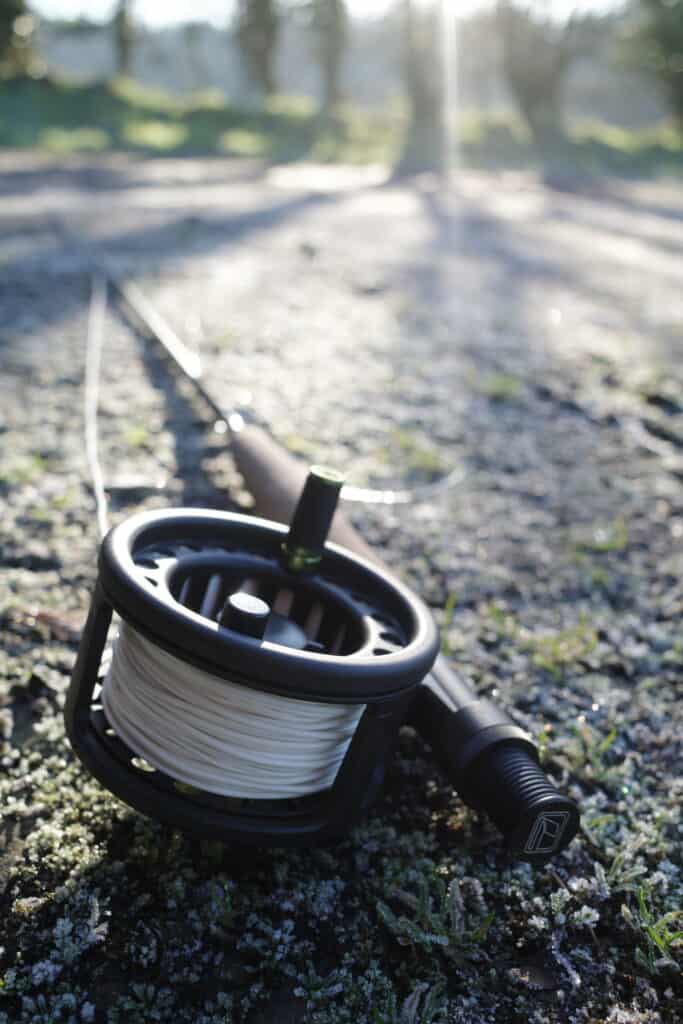
Fly rods have two important functions for fly fishing. These functions are casting the fly line and hooking and fighting the pike. With a fly rod, you will be able to cast your fly line into the water without precision and without the detection of the northern pike.
After the pike has taken the bait, the fly rod helps you to hook them. As pike are very aggressive, you might need your rod to fight them as well.
Big rods are the best when it comes to hooking and fighting pike. Ensure to choose a rod that is heavy and sturdy.
Fly Reel
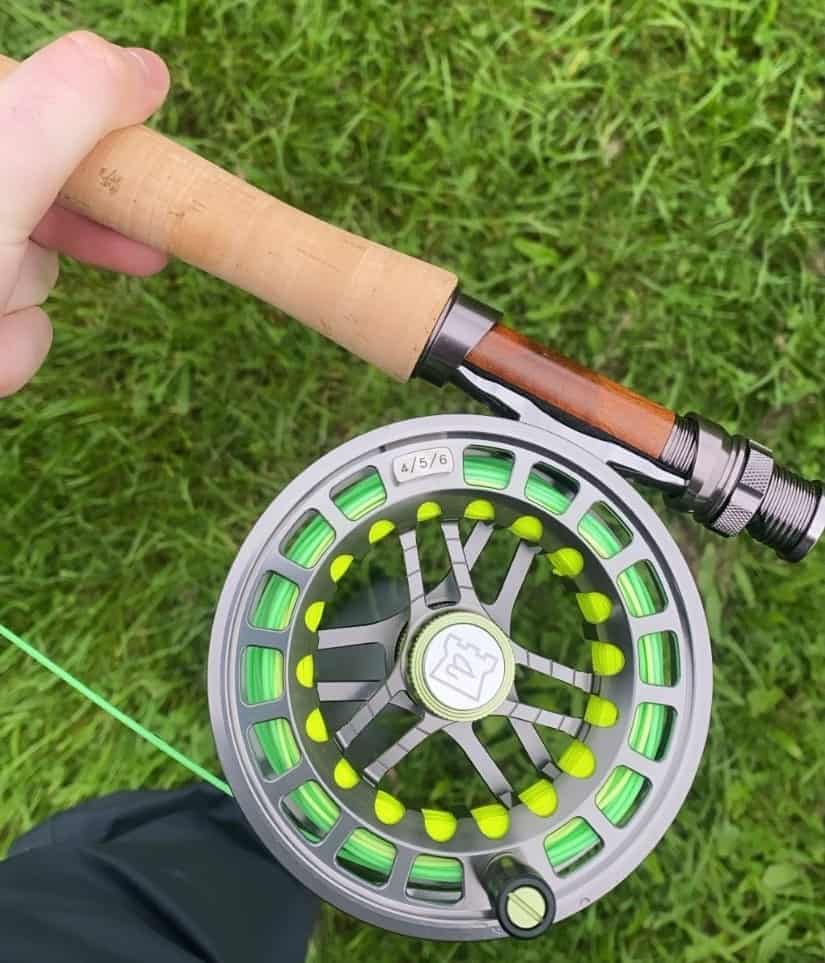
Another piece of equipment that you need when fly fishing for pike is a fly reel. It is important for holding and backing your fly line when pike fishing.
Go for a fly reel made with strong material, as northern pike can get ferocious.
Leaders
Aside from the great strength that they possess, the pike is also very toothy. The average pike has up to 700 teeth, which they can use to bite through your fishing line.
This is why you need a leader. A leader protects your fly line from the sharp teeth of a pike. If you are not a fan of leaders, you can use fishing clips in place of them.
Choosing The Best Pike Flies
The quality of your pike flies goes a long way in determining the success of your fly fishing outing. As such, it is important to consider the necessary factors before choosing your pike flies.
There are certain qualities to look out for when choosing pike flies. Pike are attracted to colors, flashes, vibrations, and buzzes.
As such, you want to get pike flies that are colorful and flashy, big enough to imitate baitfish and cause vibrations in the water. Dry flies like nymphs and streamers are great for fishing an entire water column.
You can also choose flies made from natural materials like feathers and fur. Synthetic flies also have their advantages as they are usually light.
Tips For Pike Fly Fishing
Once you have picked a location for fishing and gotten all your equipment, it is time to go fly fishing for pikes. The following tips will help you to have a successful fly fishing outing.
Match the Water
It is a common practice amongst fly anglers to match the hatch when fly fishing in trout streams. This practice is not as effective when it comes to fly pike fishing. Instead of matching the hatch, try to match the water.
Present Your Flies In a Natural Pattern
The way you present your flies determines the reaction of the pike present in the water. It is important for you to present the flies in a pattern that will be sure to catch their attention.
For this purpose, it is best to imitate a wounded or distressed baitfish. Do this by using erratic movements, dipping your line into the water, and taking timely pauses.
Dress Appropriately
It is essential to always dress appropriately and wear the right gear wherever you go fly fishing. Always wear sunglasses to protect your eyes from harmful sun rays and stray hooks. A hat is also important, as well as raincoats. For a more in-depth guide, here’s what to wear fly fishing.
Conclusion
Once you follow the tips and guidelines discussed above, you can be sure to have a great time fly fishing for pikes. Get all the required equipment, as this is important for the success of your fishing.
Your safety is paramount, so you must be sure to use protective gear and wear the right clothing. Check the weather forecast before going out.
Most importantly, take good care of the pike. Ensure that you do not keep them fighting for too long before releasing them.


 Facebook
Facebook YouTube
YouTube
